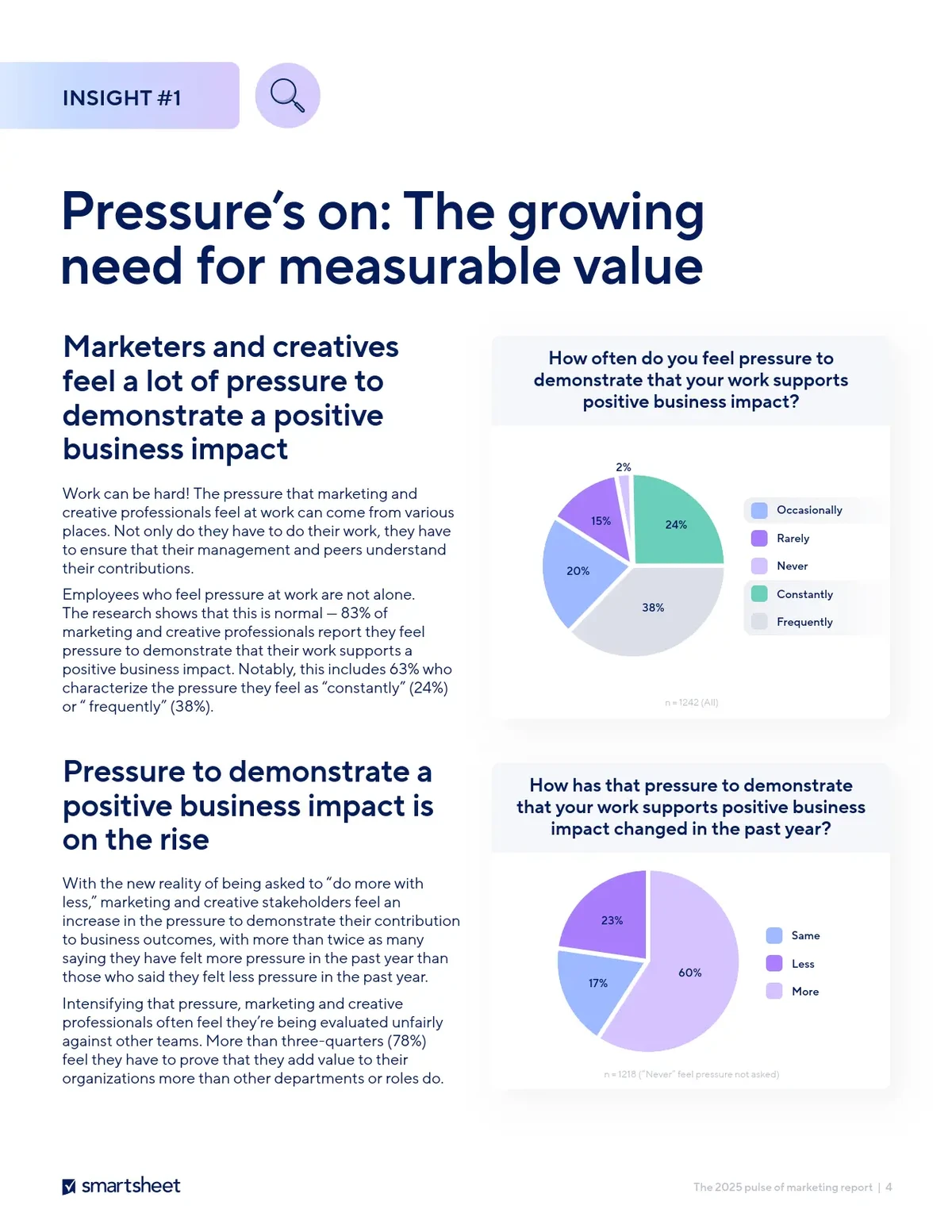========================================
Value at Risk (VaR) has become a cornerstone metric in financial risk management. It helps banks, hedge funds, and portfolio managers estimate potential losses under normal market conditions. However, knowing how to interpret VaR results effectively is as important as calculating them. A number on a risk report means little without context, comparison, and proper evaluation. This comprehensive guide explores what VaR numbers really mean, compares different methods of interpretation, and shares best practices for applying VaR in real-world trading and investment.
What Does VaR Really Measure?
At its core, VaR answers the question: “What is the maximum expected loss of a portfolio over a given time horizon at a specific confidence level?”
For example:
- A 1-day 95% VaR of $1 million means that, under normal conditions, the portfolio is not expected to lose more than $1 million in a single day, 95% of the time.
This interpretation highlights two key elements:
- Time horizon (e.g., 1 day, 10 days, or 1 month).
- Confidence level (e.g., 95% or 99%).
But VaR does not predict exact losses. It provides a probability-based estimate, leaving room for extreme events beyond the chosen confidence threshold.
VaR visualized on a loss distribution curve: the shaded area represents the confidence interval.
Interpreting VaR Results in Practice
Relative vs. Absolute VaR
- Absolute VaR measures potential losses without comparing to a benchmark.
- Relative VaR compares portfolio risk against a market index or benchmark, making it especially useful for portfolio managers measured against relative performance.
VaR in Daily Risk Reporting
When reading VaR reports, risk managers often ask:
- How does today’s VaR compare with historical averages?
- Has there been a sudden increase, signaling higher volatility or exposure?
- Does the VaR align with firm-wide risk limits?
Linking VaR to Capital Allocation
In practice, many institutions use VaR to decide how much capital should be held against risky positions. For example, under Basel regulatory frameworks, banks must maintain capital buffers based on VaR results.
This connects closely with discussions on why is VaR important in risk management, since misinterpreting VaR could lead to underestimating capital needs and exposure.
Two Methods of Interpreting VaR: Comparative Analysis
When learning how to interpret VaR results effectively, two popular strategies stand out: Historical Simulation Interpretation and Parametric (Variance-Covariance) Interpretation.
1. Historical Simulation Interpretation
This method interprets VaR directly from past market movements.
- Approach: Uses actual historical returns to model possible outcomes.
- Interpretation: If the 5th percentile historical return is -3%, a 95% one-day VaR is -3%.
Pros:
- Simple and intuitive.
- Does not assume normal distribution.
- Reflects actual market shocks.
Cons:
- Dependent on chosen historical window.
- Fails to account for unprecedented market conditions.
2. Parametric (Variance-Covariance) Interpretation
This approach assumes returns follow a normal distribution.
- Approach: Interprets VaR through mean and standard deviation of returns.
- Interpretation: A 99% VaR is typically calculated as the expected loss at 2.33 standard deviations from the mean.
Pros:
- Computationally efficient.
- Works well for stable markets.
Cons:
- Poor in capturing fat-tailed events (e.g., 2008 crisis).
- Overly reliant on normality assumptions.
Recommended Approach
In my experience as a financial risk analyst, combining methods provides the most effective interpretation. Relying solely on one model is dangerous. I’ve seen historical simulation fail during the COVID-19 crash because recent calm markets underpredicted extreme risks. Conversely, parametric models underestimated volatility spikes.
The best practice is:
- Use historical simulation for real-world perspective.
- Use parametric interpretation for simplicity and benchmarking.
- Always complement VaR with stress testing and scenario analysis.

Applying VaR Across Different Use Cases
Understanding where to apply VaR in quantitative finance is essential. Beyond daily reporting, VaR interpretation is used in:
- Portfolio optimization: Identifying positions with outsized contributions to VaR.
- Risk-adjusted performance measurement: Comparing returns against VaR-defined risk.
- Institutional compliance: Supporting regulatory capital calculations.
These applications highlight that interpreting VaR is not a one-size-fits-all exercise. Different stakeholders — traders, compliance officers, and regulators — read VaR numbers differently.
VaR reports guide portfolio managers, compliance officers, and regulators in assessing financial risks.
Best Practices for Interpreting VaR
- Contextualize results: Always interpret VaR relative to portfolio size, market volatility, and risk limits.
- Compare across time: Rising VaR may indicate growing exposure or market stress.
- Communicate clearly: Translate numbers into plain language for stakeholders (e.g., “There’s a 5% chance of losing more than $5 million tomorrow”).
- Go beyond VaR: Use Expected Shortfall (ES) and stress tests to capture tail risks.

Common Misinterpretations to Avoid
- Assuming VaR is a maximum loss: It only defines a threshold with a probability, not the worst-case scenario.
- Ignoring tail risks: Extreme events beyond the chosen confidence level are excluded.
- Overreliance on one model: Combining methods reduces blind spots.
FAQs on Interpreting VaR Results
1. How do I explain VaR results to non-technical stakeholders?
Use real-world analogies. Instead of “99% one-day VaR,” explain: “We expect losses greater than $10 million to occur only once every 100 days on average.” This framing makes complex risk metrics digestible.
2. How often should VaR be recalculated?
VaR should be recalculated daily for trading portfolios due to market volatility. Long-term portfolios may update weekly or monthly. As markets evolve, recalculation frequency becomes critical. This ties directly to how often should VaR be recalculated in financial institutions.
3. Is VaR enough to manage risk effectively?
No. While VaR is a useful metric, it ignores tail risk and liquidity risk. It should be complemented with Expected Shortfall, stress testing, and scenario analysis. Relying solely on VaR may lead to catastrophic underestimation of risks.
Final Thoughts
Knowing how to interpret VaR results effectively is the difference between numbers on a report and actionable insights. VaR is powerful, but only when placed in the right context, combined with complementary tools, and communicated effectively.
As markets evolve, so must our interpretation methods. Whether you’re a retail investor or a hedge fund risk manager, adopting best practices in VaR analysis ensures smarter decisions and stronger resilience in volatile times.
If you found this guide useful, share it with your colleagues, comment with your experiences, and help others refine their risk management approach.
Effective interpretation of VaR empowers better decision-making in portfolio management and financial risk oversight.

0 Comments
Leave a Comment